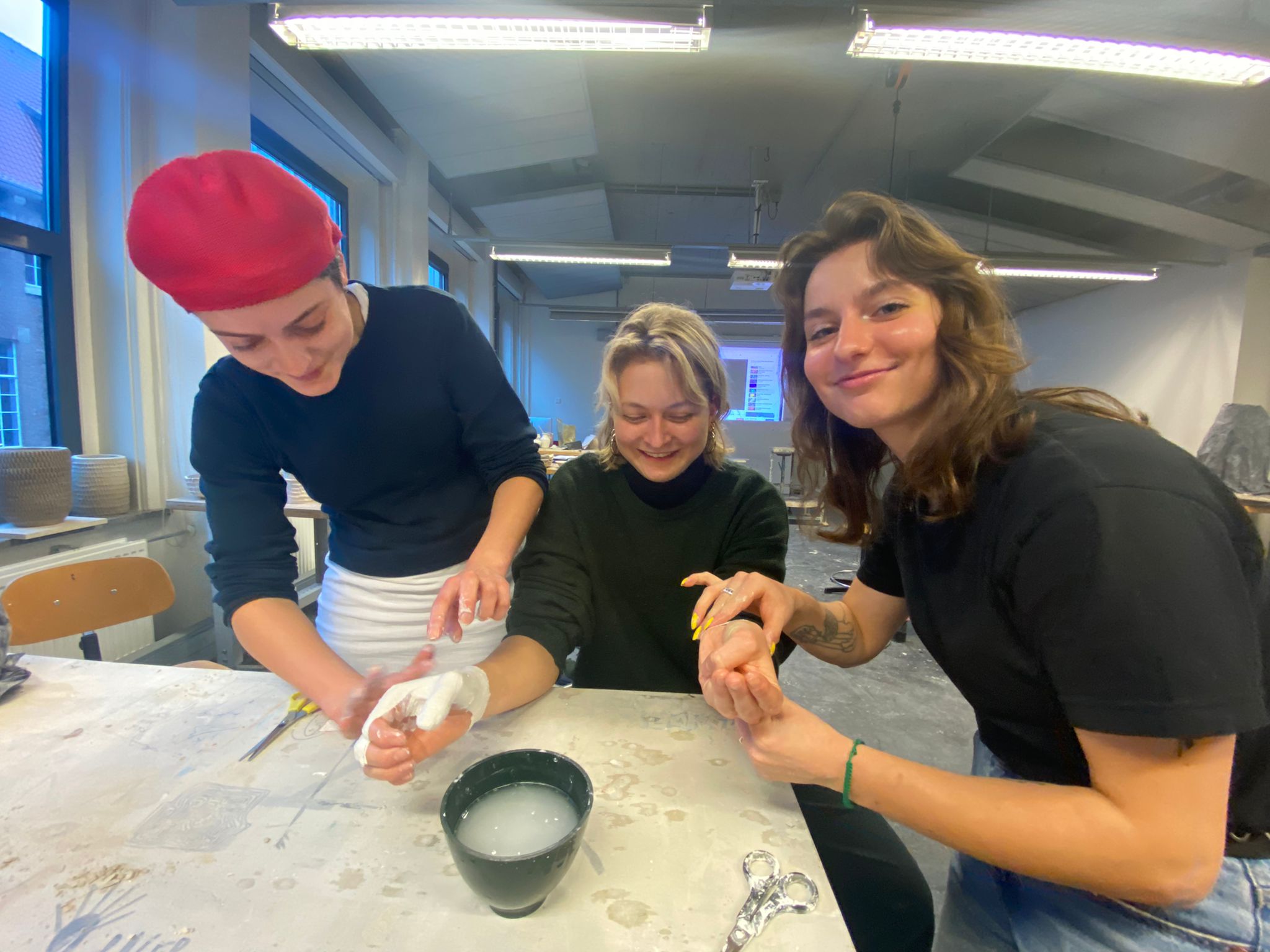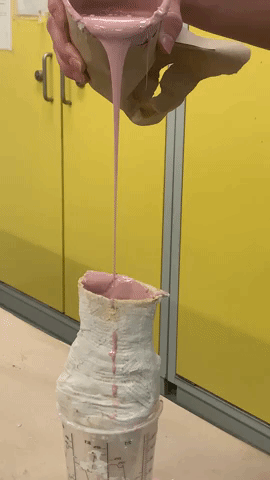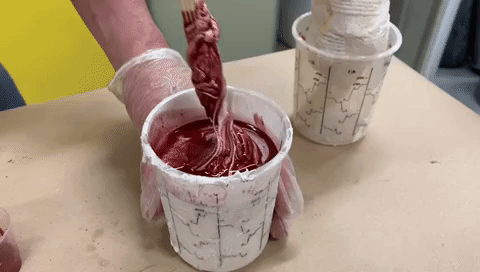Public and private all process GROUP A
Feminist approach to masculine architecture




Often we do not think of cities as gendered, we think buildings and architecture are neutral. But architecture often represents and reinforces the current hegemonic power structures. In this project, we took a feminist approach to cities, and in particular to Rotterdam, to show how they are not objective and neutral but are gendered, they are masculine.
This can be clearly seen in the fact that the street names, statues and monuments are named after important male figures.
Also by the fact that almost all buildings are built and designed by men, the architectural field is male-dominated, the architectural field is male-dominated.
The current architecture is also influenced by the past strict public/private binary pervades into the present. The public was seen as the space to express oneself and to be political, the space for production, the public was the space for men. The private space was considered as the domestic space, the home, the interior, the space for reproduction, this was the space where women belonged, where they took care of the children and did household chores.
In the present, women have entered the public space but this has not eliminated this public/private distinction rather it has been complicated. This resulted in women getting women a dual public/private function, which is probably reflected in necessarily more intense, complex, and varied relations to urban space than those of men. How women thus encounter and experience urban spaces differently than men.
Women also feel like they have less access to a much larger part of the city at a wider variety of times. Women feel intimidated more often and avoid certain places. Consequently, the production of a lot of buildings and spaces in the city are made to conform with the constructed norms of the male gender. The buildings are overpowering, precise, sterile, big, rectangular, and have cold and rigid textures.
Buildings and architectural spaces express feelings of precision, dominance, control and reason. Spaces are designed top-down.
(FYI: We are not claiming that all men are like this, but rather that those are the stereotypical masculine traits and rules society constructed.)
This is opposed to the typical feminine traits, of being elegant, delicate, emotional and irrational, having soft and silky textures, and often working bottom-up, close to home, the neighbourhood and the community.
All of those resulted in public spaces to take the man as the norm, and this can be felt, cities and spaces can feel cold and distant and sometimes even fearful. And make others, everyone who is not a white cis man, feel more vulnerable and exposed.
In our project we are trying to emphasise the masculinity of the city, mapping the bold, and we are intervening it with reclaiming it through sex gestures.
We choose the use of female hands doing sexual gestures because of the relation of sex to the private space, to private parts and genitals. Taking these private acts into the public further problematises the private/binary distinction.
Furthermore, “dirty” and messy acts of sex, challenge the sterile, precise and controlling characteristics of traditional architecture and urban planning.
Lastly, sex is experienced differently for different sexes, but this does not mean it cannot be enjoyed by both sexes equally. Similarly, we have to acknowledge our individual differences in experiencing the city whilst at the same time collectively making it a place that does not reproduce current oppressing power structures.
Gijs
Luna
Urte
Robin
Lisa
Advertising
Fine art
Graphic Design
Fine art
Fine art
-City is sexual
-Architecture
-Gender
-Fisting/Sex/Bdsm/Vagina = Taboo & Private --> Absurdism
-Hygiene : touch city and touch private parts
-Give birth to the city?
-GLory hole
Capitalism
How to weaponise the sexual?
-Desire=Sexual, reclaim pleasure and desire from the male gaze. Bring power to the feminist/queer gaze.
FIT THE FIST
brainstorm in class
Click here
for the process and final lexicon